
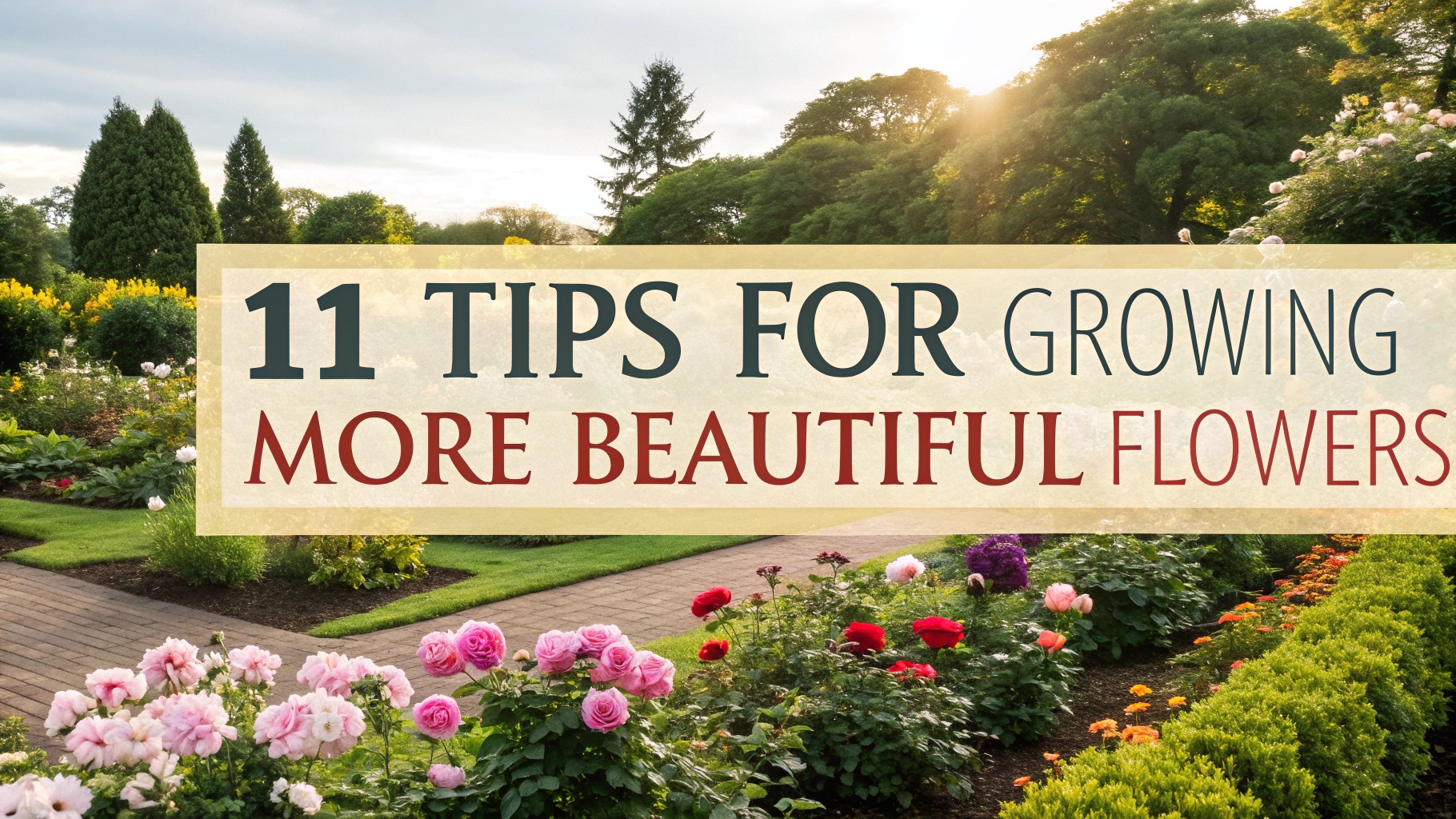
Growing flowers can be a rewarding and enriching experience that brings color and life to your garden. Whether you are a seasoned gardener or just starting out, these tips will help you cultivate stunning blooms that will leave you in awe.
From soil preparation to choosing the right varieties, this guide is packed with practical advice and beautiful visuals to inspire your flower gardening journey.
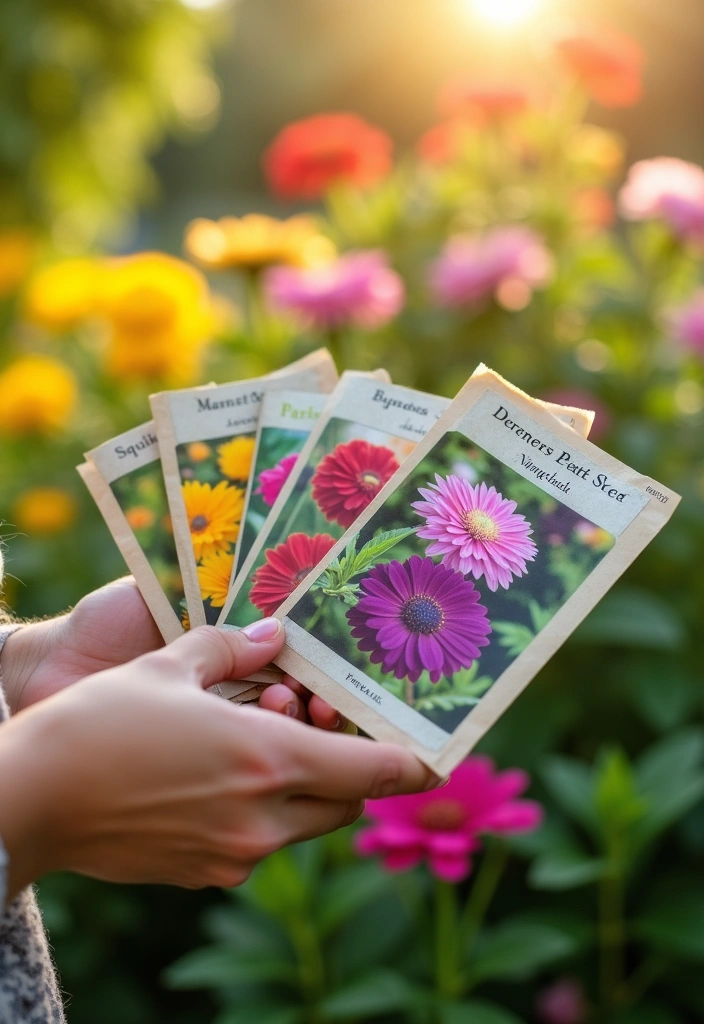
Selecting the right flower varieties for your climate and soil type is crucial for success. Research which flowers thrive in your local conditions, considering factors like sunlight, moisture, and temperature.
For instance, if you live in a cooler climate, pansies and snapdragons will flourish, while warmer regions might favor zinnias and marigolds. This thoughtful selection sets the foundation for a garden that not only looks beautiful but also flourishes year after year.
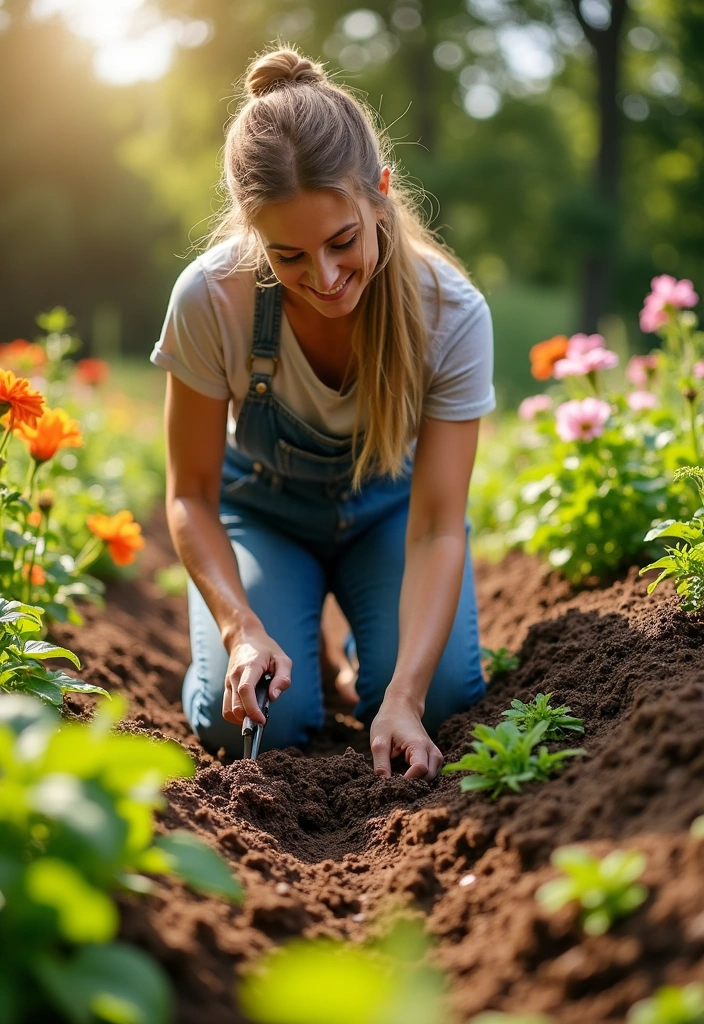
Healthy soil is the cornerstone of a thriving flower garden. Start by testing your soil pH and nutrient levels; this information will guide your amendments.
Incorporate organic matter such as compost or well-rotted manure to enhance soil structure and fertility. A well-prepared bed not only supports robust growth but also helps prevent disease, allowing your flowers to reach their full potential.
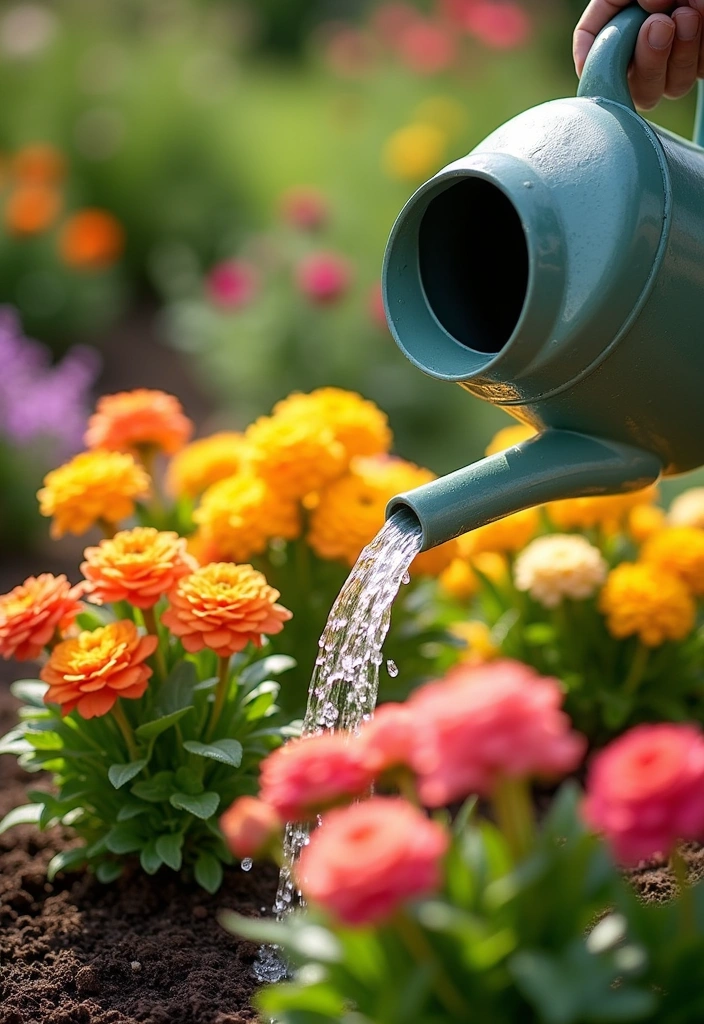
Watering is essential for flower growth, but it requires a balance. Most flowers prefer deep watering less frequently to encourage strong root systems.
Morning is the best time to water, allowing the plants to absorb moisture before the sun heats up. Using mulch can help retain moisture and reduce the need for frequent watering, making it a gardener’s best friend.
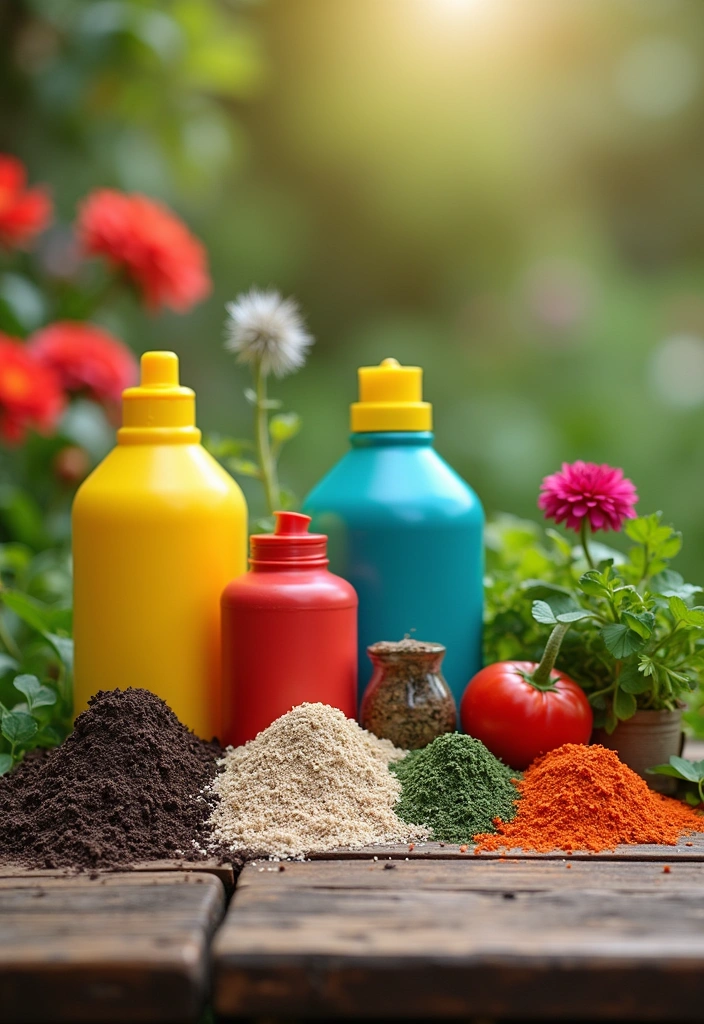
To achieve stunning blooms, regular fertilization is key. Consider using a balanced fertilizer that provides essential nutrients like nitrogen, phosphorus, and potassium, which are vital for flower production.
Apply fertilizer according to the specific needs of your flower varieties, and follow the recommended schedule for best results. This commitment to feeding your plants will reward you with a profusion of vibrant flowers throughout the season.
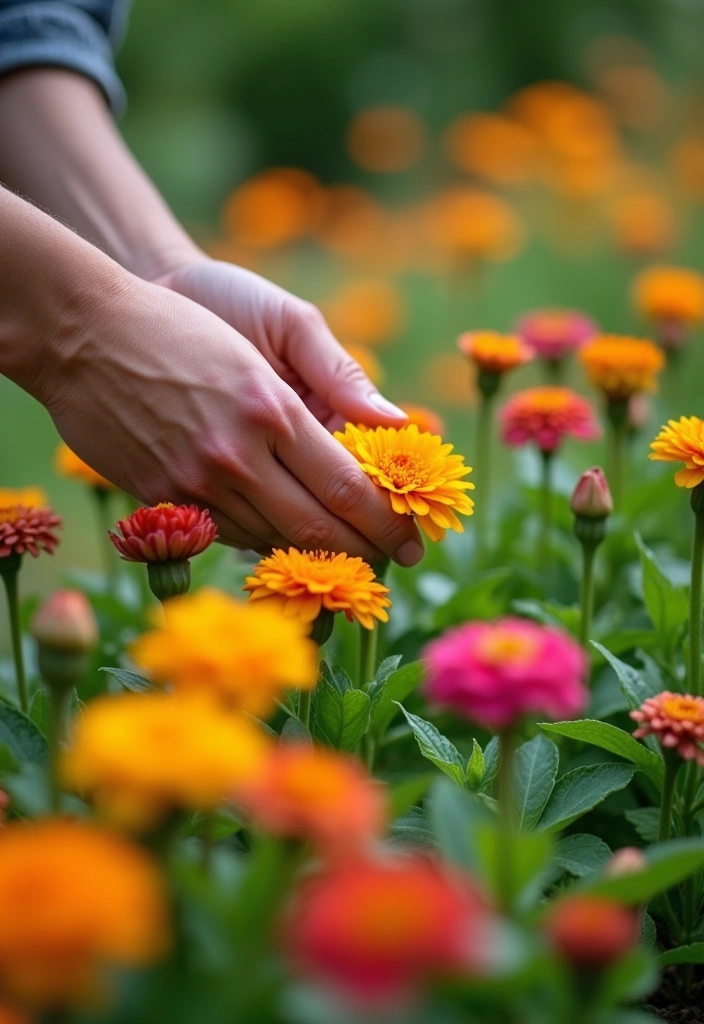
Deadheading, or removing spent flowers, is a vital practice for encouraging new blooms. By pinching off faded flowers, you redirect the plant’s energy from seed production to producing more flowers.
This simple task not only keeps your garden looking tidy but also enhances the overall flowering period. Incorporate deadheading into your routine to enjoy a longer display of stunning flowers.
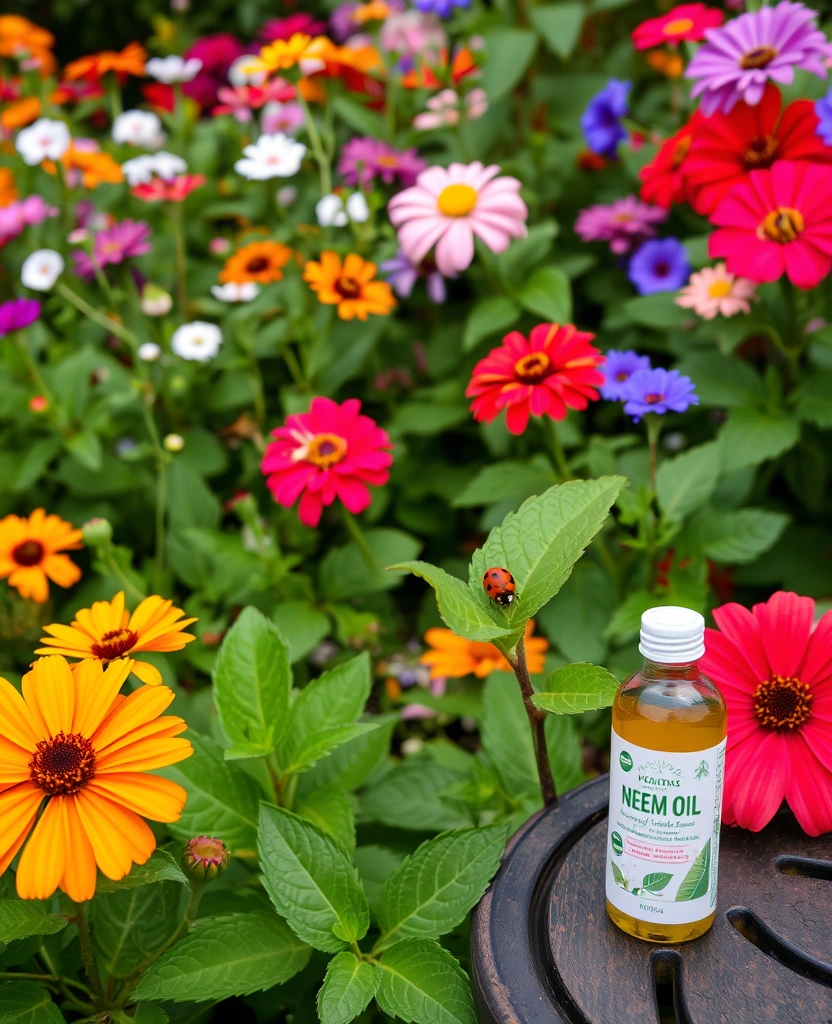
Keeping pests at bay is essential for maintaining a healthy flower garden. Instead of chemical pesticides, consider using natural methods such as introducing beneficial insects like ladybugs or using neem oil sprays.
Regularly inspecting your plants for signs of pests will allow for early intervention and minimize damage. Natural pest control not only preserves the health of your flowers but also supports a balanced ecosystem.
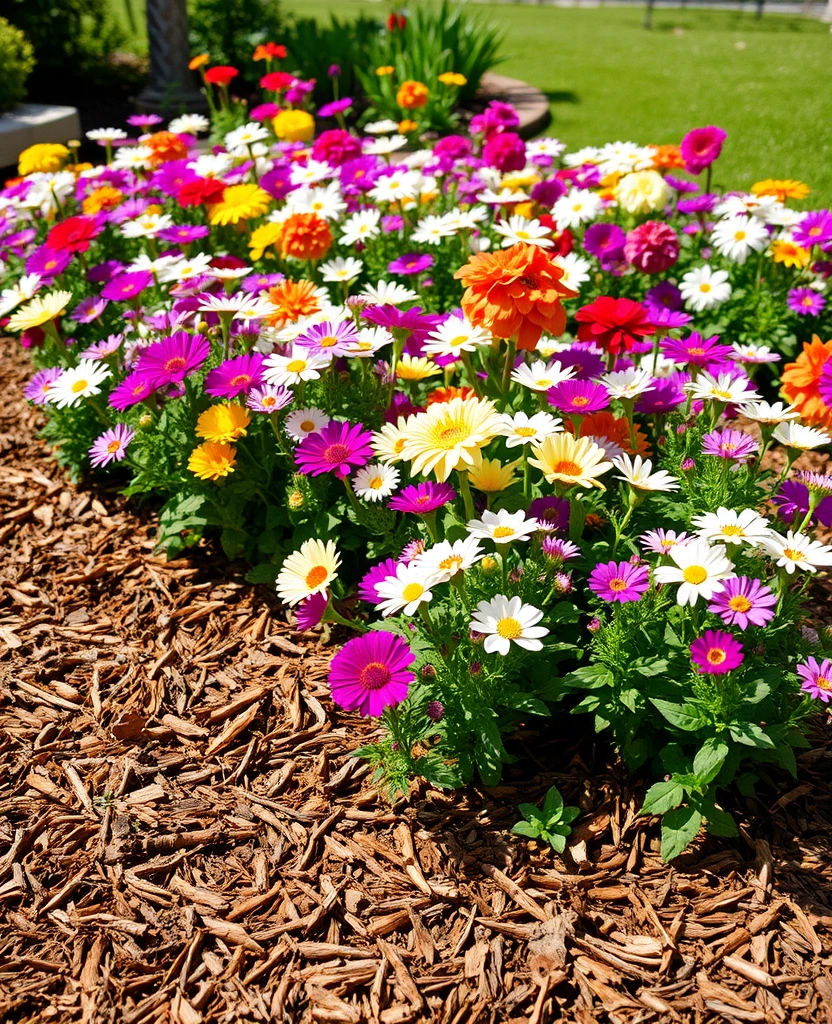
Mulching is a gardener’s secret weapon for promoting healthy flowers. A layer of organic mulch helps retain moisture, suppress weeds, and add nutrients back into the soil as it breaks down.
Materials like wood chips, straw, or shredded leaves are excellent choices. Apply a 2-3 inch layer around your flowers to enjoy the benefits of reduced watering and improved soil health.
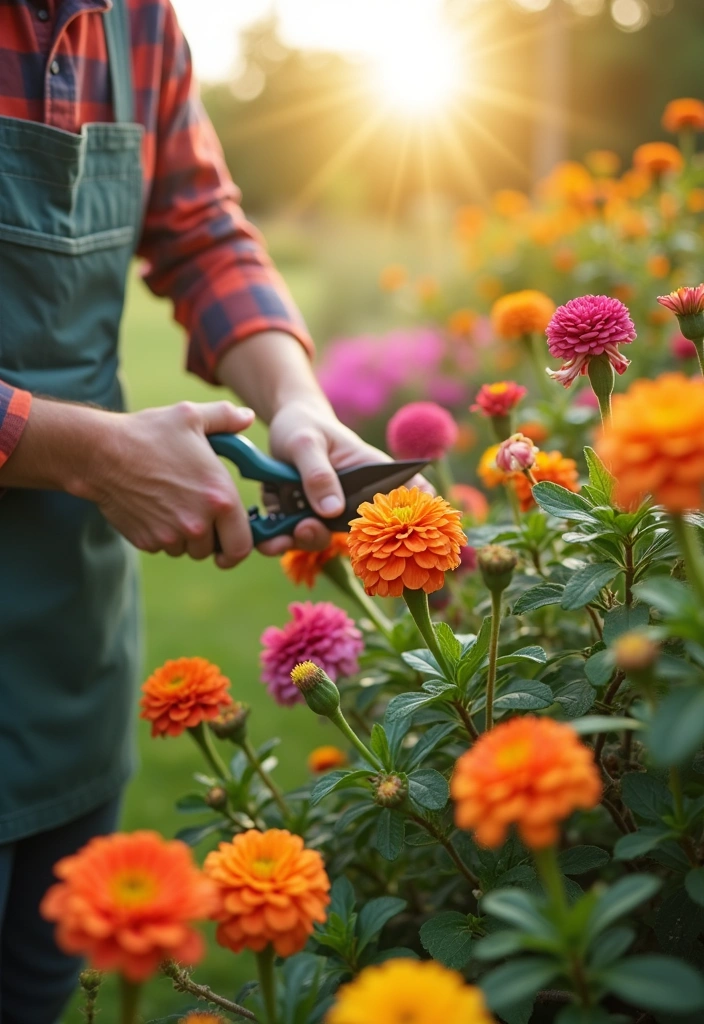
Pruning isn’t just for trees; it’s vital for flowers too! Removing old growth encourages bushier, more vigorous flowering plants.
Timing is essential; prune in early spring or after flowering, depending on the type of plant. A well-pruned flower will not only look more attractive but will also produce more blooms throughout the season.
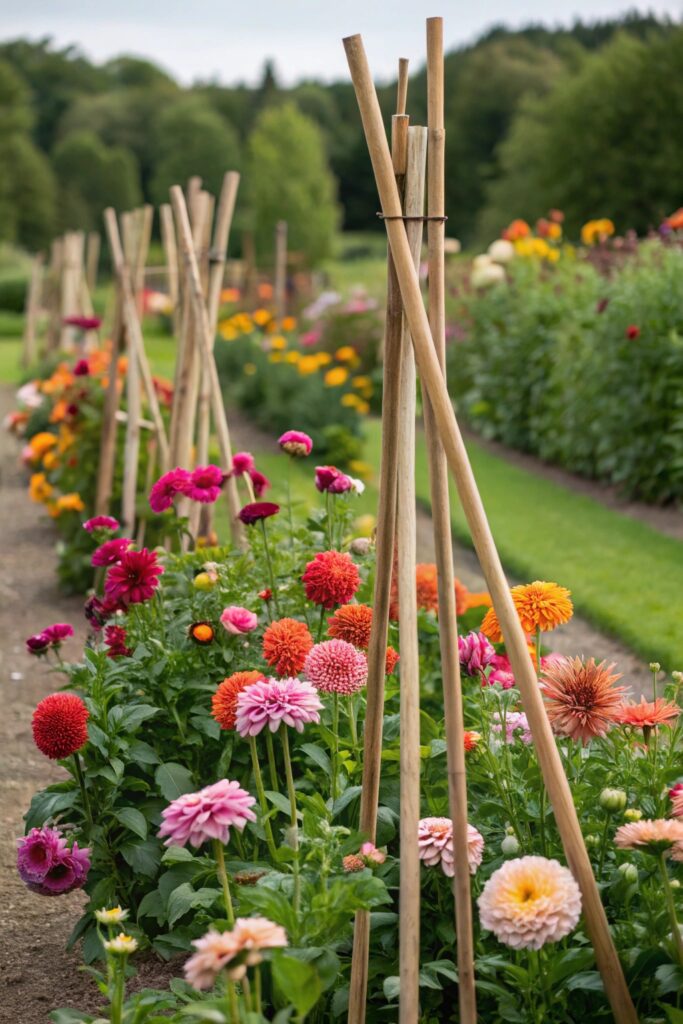
Tall or climbing flowers often require support to keep them upright and healthy. Using stakes, trellises, or cages can prevent them from falling over and damaging their blooms.
Introduce support early in the growing season to avoid disturbing the roots later. Well-supported flowers will not only look neater but will also thrive more effectively.
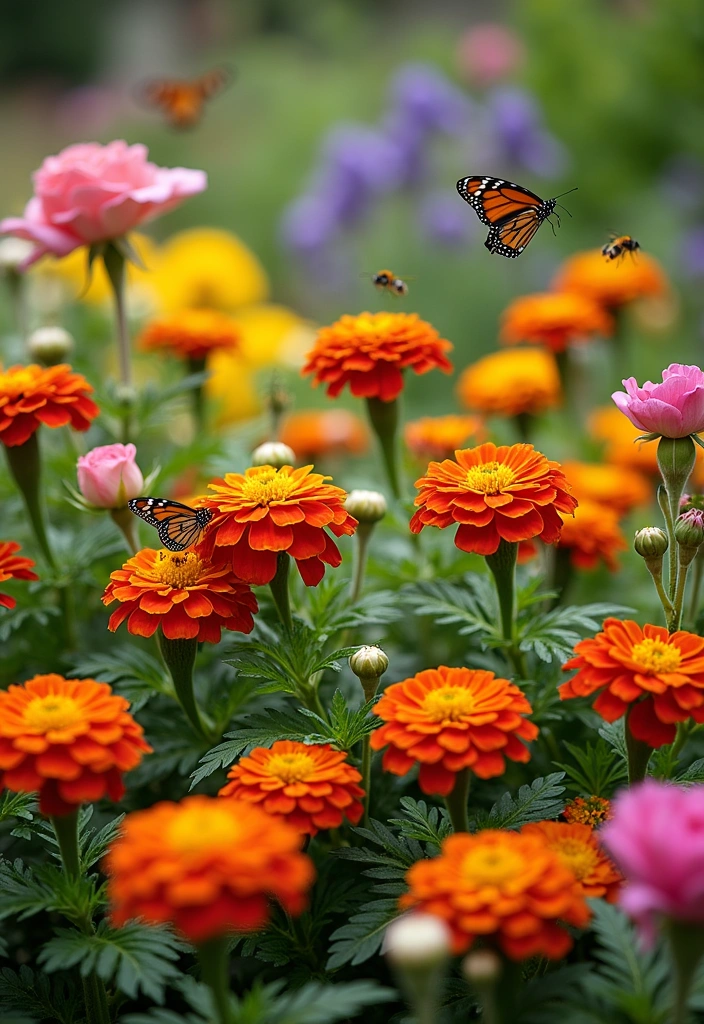
Companion planting can enhance the health and beauty of your flower garden. Certain plants, like marigolds, can deter pests and attract beneficial insects when planted alongside your flowers.
Research which plants work well together to create a thriving ecosystem. This thoughtful approach not only improves flower health but also adds layers of color and texture to your garden.
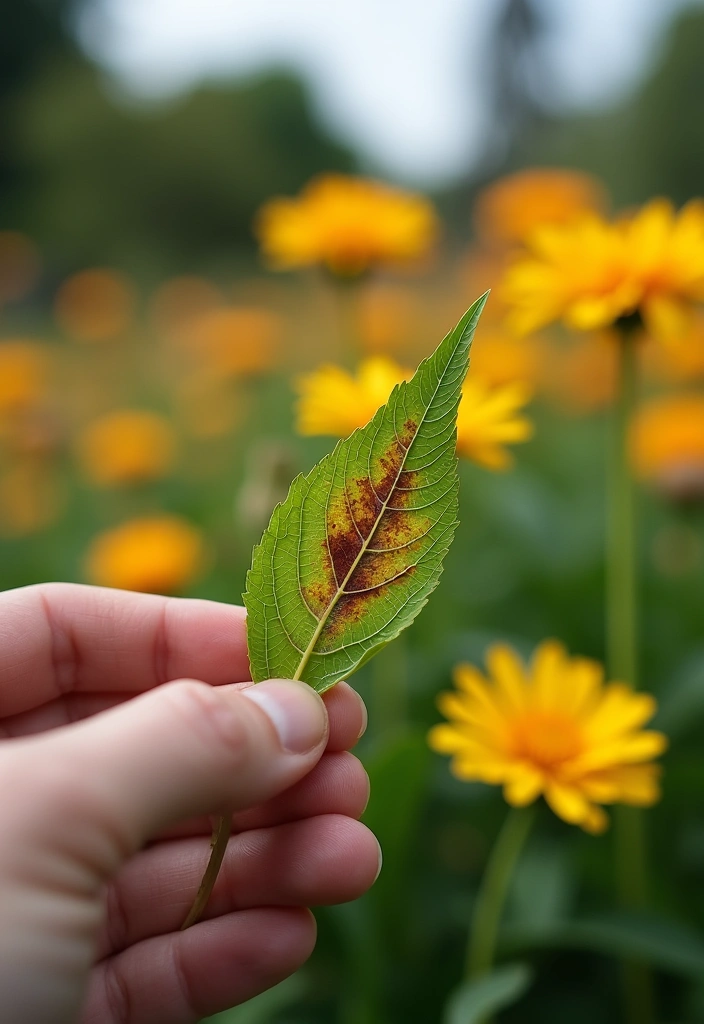
Keeping an eye on your flowers for signs of disease is essential for a healthy garden. Common diseases can manifest as spots, wilting, or discolored leaves.
Immediate action, such as removing affected leaves or applying treatment, can prevent the spread of infection. Regular monitoring allows for a proactive approach, ensuring your flowers remain vibrant and healthy.
With these eleven essential tips, you’re well on your way to creating a lush flower garden that boasts beautiful blooms. Each step contributes to the overall health and vibrancy of your flowers, ensuring a stunning display that you can enjoy throughout the seasons. Don’t hesitate to share your gardening journey and connect with fellow flower enthusiasts!
